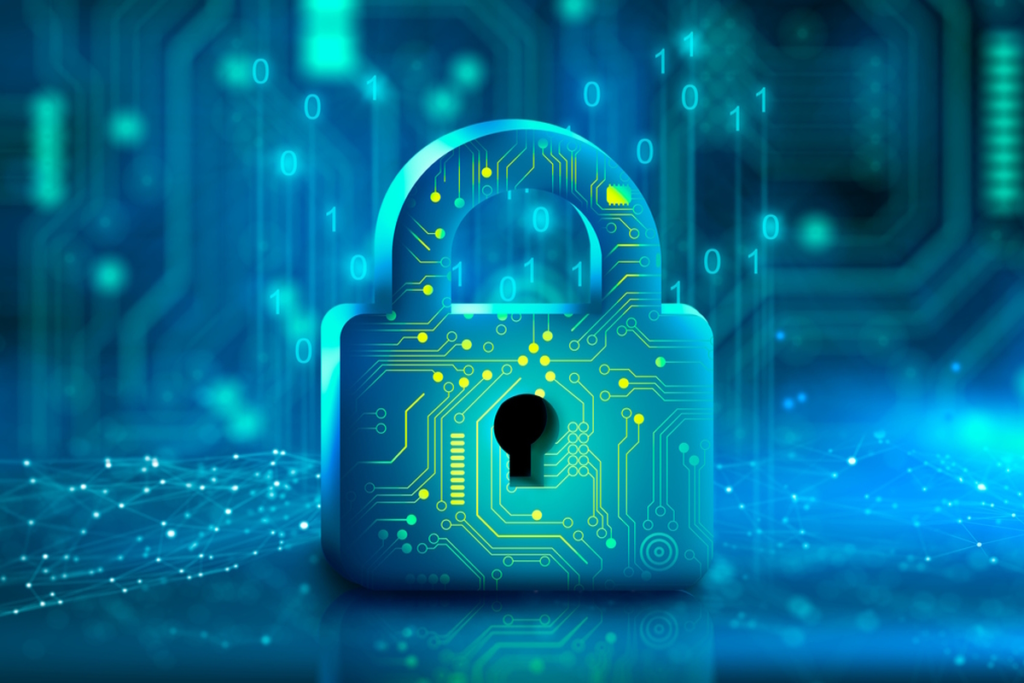Key Takeaways:
- Understanding the foundation of a solid cybersecurity strategy, including vulnerability management, is crucial in today’s digital landscape.
- Regular security audits and assessments play a crucial role in uncovering potential vulnerabilities.
- Investment in cybersecurity training and awareness for all organizational members cannot be overstated.
In a world where digital threats loom large and can strike at the heart of any operation, adopting robust cybersecurity strategies is not just advisable; it’s imperative. This article explores the comprehensive methodologies necessary to maintain a vigorous cybersecurity posture in an omnipresent threat environment. It highlights the integral role of foundational practices such as vulnerability management and underscores the critical need for fostering a culture of security awareness and readiness within every organization.
Recognizing the Spectrum of Cyber Risks
In today’s digital climate, the spectrum of cyber risks is extensive and continually expanding, with new threats surfacing at an alarming rate. Organizations must navigate this volatile threat landscape by actively identifying and addressing the varied types of cyberattacks that they may encounter. These risks range from internal threats, such as insider breaches, to external dangers, including advanced persistent threats and state-sponsored attacks. Developing a nuanced appreciation for the breadth of cyber risks is the critical first step in crafting a tailored, layered defense strategy. Cybersecurity is not a static endeavor; it demands constant assessment and agile responses to the changing nature of threats.
Critical Components of a Cybersecurity Strategy
Critical to any cybersecurity strategy are several fundamental components that define its effectiveness. Perhaps most crucial among these is the concept and practice of vulnerability management, a pivotal and ongoing process fraught with the challenges of detecting, evaluating, and addressing security weaknesses. Ensuring that access to sensitive systems is meticulously controlled, and that information is encrypted offers additional robust barriers against unauthorized infiltration and data breaches. The complexity of modern cyber threats necessitates an alignment of defensive strategies with the organization’s specific risk profile—proactive measures tailored to the unique vulnerabilities present within different system architectures and operational contexts.

Continual Monitoring and Response
The dynamic nature of the cyber realm makes continual vigilance a prerequisite for effective defense. Organizations must employ technologically advanced monitoring tools to keep an unwavering eye on systems and data. Leading-edge solutions such as SIEM systems can offer invaluable insights, providing the foresight required to prevent potential security incidents before they escalate. Integrating artificial intelligence and machine learning can enhance predictive capabilities, enabling preemptive security measures.
Building a Culture of Cybersecurity Awareness
The human element in cybersecurity is often considered the weakest link, yet it also possesses the potential to be a formidable line of defense against cyber threats. Cultivating a culture steeped in cybersecurity awareness transforms employees from potential liabilities into vigilant guardians of an organization’s digital domain. Through comprehensive, ongoing training programs, employees can become adept at recognizing and circumventing threats such as social engineering schemes, phishing emails, and unsafe digital practices. In addition, fostering an organizational mindset where cybersecurity is everyone’s responsibility empowers individuals to take actionable steps toward securing their work environment.

Investing in Advanced Security Technologies
To mount an effective defense against sophisticated cyber opponents, organizations must allocate resources judiciously across an array of advanced security technologies. An assertive approach to investing in cybersecurity measures indicates a leadership aware of the stakes involved. The selection of security tools should be strategic and based on a clear understanding of the organization’s technological landscape and the specific threats it faces. Whether implementing next-gen firewalls, deploying endpoint protection platforms, or utilizing cloud access security brokers (CASB), the focus must be holistically strengthening the organization’s security posture.






